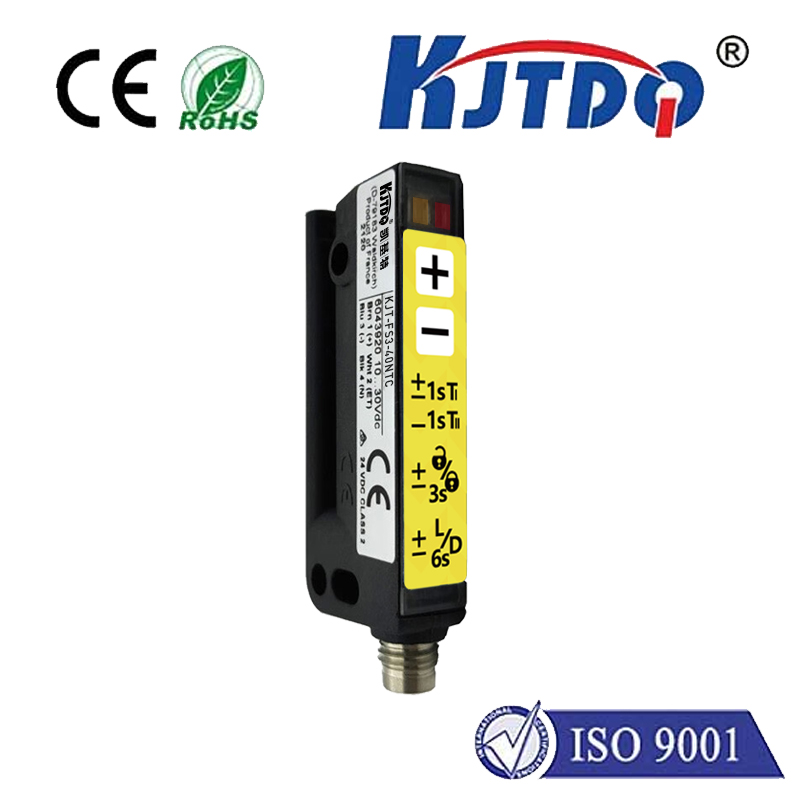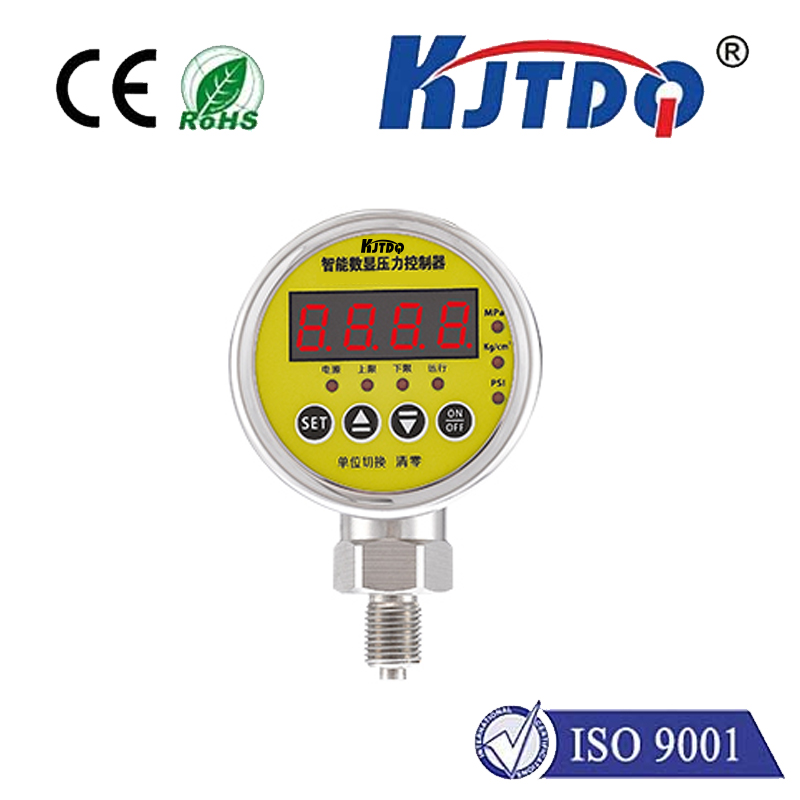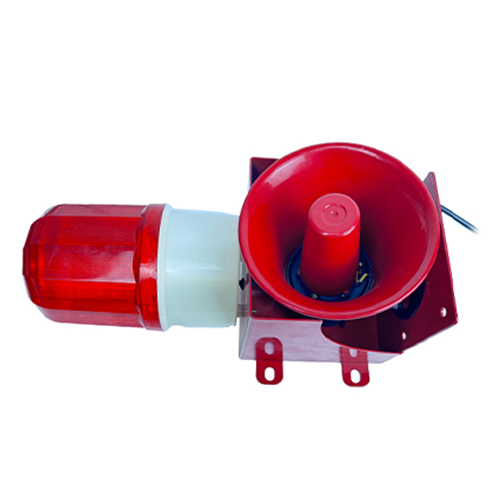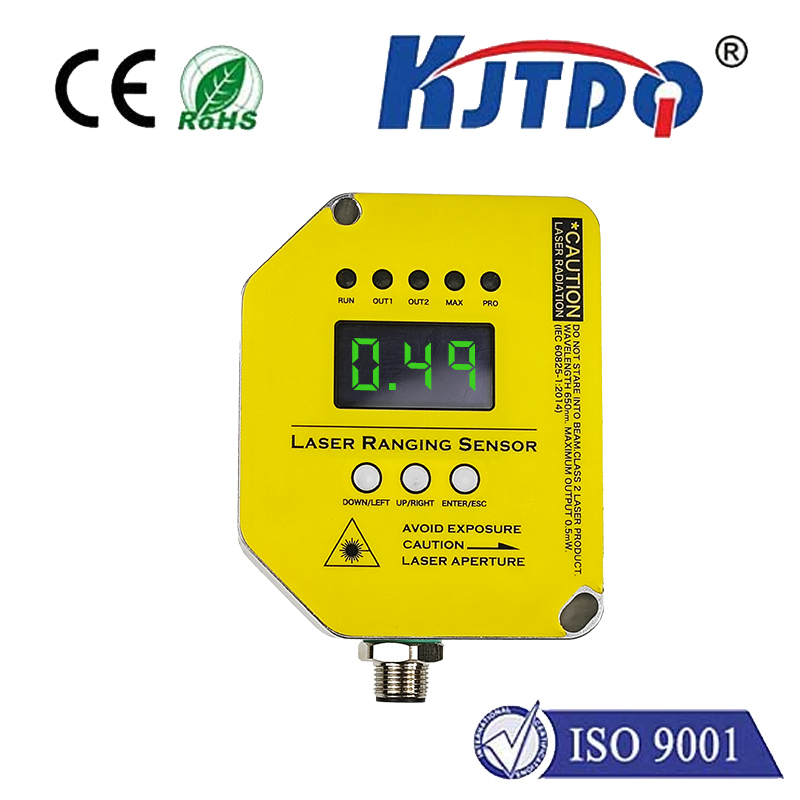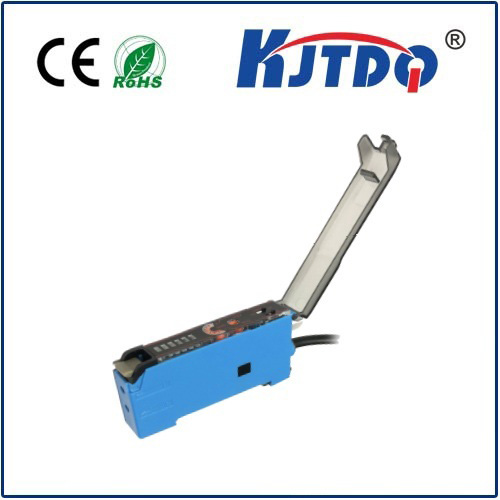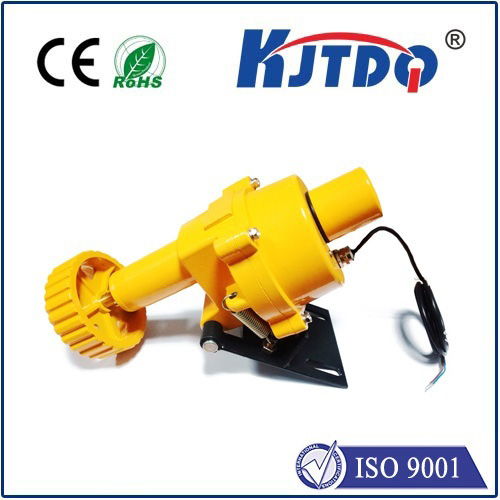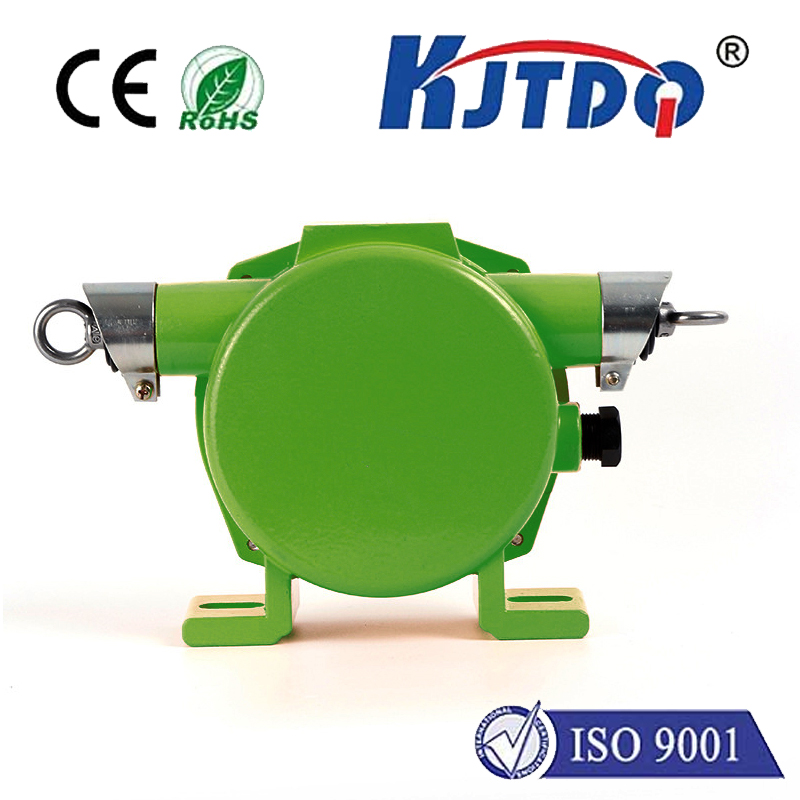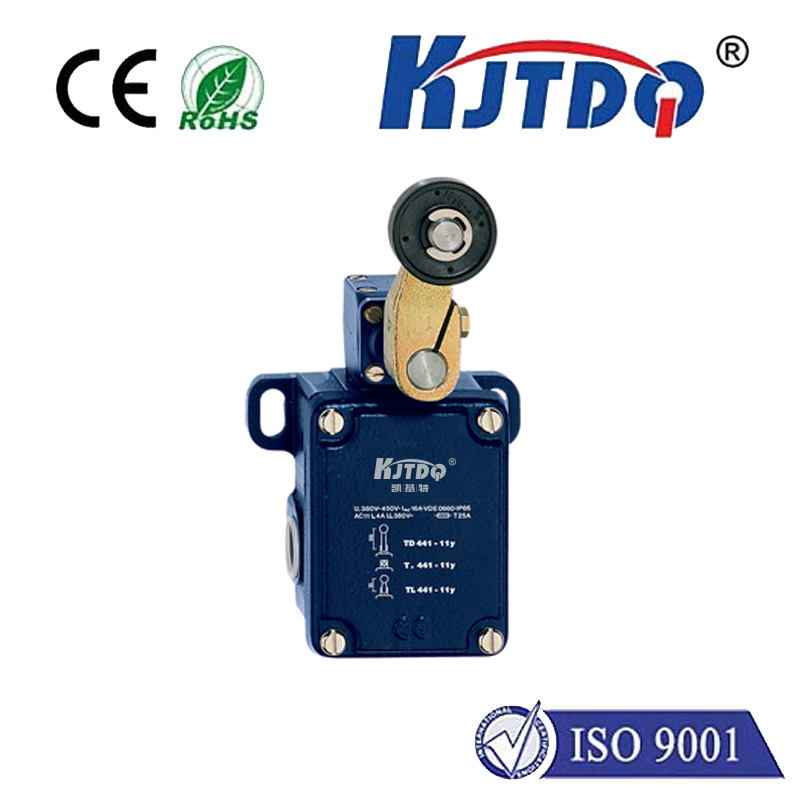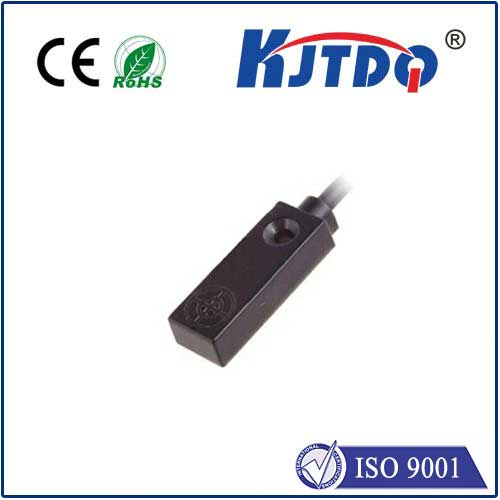Миниатюрный датчик приближения
- time:2025-07-04 03:37:10
- Нажмите:0
The Big Impact of Tiny Proximity Sensors: Revolutionizing Modern Technology
Ever wondered how your smartphone magically knows to turn off the screen when held to your ear during a call? Or how your smartwatch dims its display seamlessly when you lower your wrist? The unsung hero behind these subtle, yet essential interactions is often a Миниатюрный датчик приближения. These miniature marvels of engineering are fundamental components in countless modern devices, enabling intuitive user experiences, enhancing safety, and paving the way for smarter, more responsive technology on an incredibly small scale.
What Exactly is a Tiny Proximity Sensor?
At its core, a proximity sensor detects the presence or absence of nearby objects without physical contact. A “tiny” proximity sensor takes this capability and packs it into an exceptionally miniaturized form factor – often measuring just a few millimeters. This size reduction, achieved through advanced semiconductor manufacturing and clever optical or electronic design, is crucial for integration into compact devices like smartphones, earbuds, wearables, and IoT modules. Despite their small stature, they deliver reliable performance for non-contact sensing tasks.
How Do These Miniature Detectors Work?

Most tiny proximity sensors rely on one of two primary technologies, chosen based on application requirements:
- Optical Sensing (IR): This is the most common type found in consumer electronics. The sensor houses an infrared (IR) LED emitter and a photodiode receiver within its compact package. The IR LED emits an invisible beam of light. If an object is close enough, the light reflects back to the photodiode. The sensor detects the intensity of this reflected light. Higher intensity signifies a nearer object. This method is highly effective for detecting objects within short ranges (typically a few millimeters to a few centimeters) and is ideal for screen blanking/power saving in phones and tablets. Key advantages include low cost and precision at close ranges.
- Capacitive Sensing: This technology detects changes in an electrical field. The sensor incorporates a small electrode that generates an electromagnetic field. When an object (especially a conductive one like a human body part) enters this field, it disturbs the capacitance – the electrical charge storing ability. The sensor circuitry detects this change. Capacitive sensors excel at detecting objects very close (even touchless) and work well through non-conductive materials like glass or plastic. They are commonly used for touchless controls, gesture recognition near surfaces, and detecting presence even without direct line-of-sight (though range is usually very short). Robustness in various environments is a major plus.
Why Does “Tiny” Matter So Much?
The relentless drive towards sleeker, lighter, and more feature-packed devices necessitates extreme miniaturization. Here’s why the “tiny” aspect is revolutionary:
- Space Efficiency: Fitting essential sensing capabilities into the bezels of smartphones, inside tiny earbud cases, or on the cramped wristband of a smartwatch would be impossible without ultra-compact sensor design.
- Power Constraints: Portable devices live and die by battery life. Modern miniaturized proximity detectors are designed to operate on ultra-low power, often spending most of their time in very low-power sleep modes and waking only when needed to check for presence. This minimizes their drain on critical battery resources.
- Design Freedom: Small size allows designers great flexibility in placement, enabling seamless integration without compromising aesthetics or ergonomics.
- Cost Effectiveness: Mass production of tiny sensors using semiconductor processes keeps unit costs low, making them feasible for high-volume consumer electronics.
Pervasive Applications: Where Tiny Proximity Sensors Make a Difference
The impact of these minuscule components is vast and growing:
- Consumer Electronics:
- Smartphones & Tablets: Screen blanking during calls (preventing accidental touches), auto screen on/off detection (e.g., flipping a case cover), optimizing battery life by reducing screen power when not viewed.
- Wireless Earbuds: Automatically pausing playback when an earbud is removed from the ear; detecting when placed inside/removed from the charging case.
- Smartwatches & Fitness Trackers: Enabling the “raise-to-wake” feature, dimming the display when not actively viewed, detecting removal from the wrist.
- Laptops: Detecting lid closure for sleep mode, sensing user presence for power management/security locking.
- Home & Building Automation (IoT):
- Touchless light switches or faucets (using capacitive sensing).
- Occupancy detection in smart thermostats or security systems.
- Gesture control for smart home devices.
- Detecting door/window closure states.
- Промышленная автоматизация:
- End-of-travel detection in miniature machinery.
- Object counting/presence verification on small conveyor lines.
- Liquid level sensing in compact reservoirs.
- Paper presence detection in printers and copiers.
- Automotive:
- Driver presence detection in seats.
- Occupancy sensing for airbag systems.
- Gesture control for infotainment systems (within the cabin).
- Robotics:
- Collision avoidance for small robots/drones.
- Object detection for robotic arms operating in confined spaces.
- Tactile sensing feedback.
Key Specifications and Considerations
Selecting the right Миниатюрный датчик приближения involves balancing several factors:
- Detection Range: How close does the object need to be? (e.g., 1cm vs 5cm).
- Response Time: How quickly must it detect presence/absence?
- Power Consumption: Critical for battery-powered devices; look for ultra-low power and efficient wake-up modes.
- Object Material: Does it need to detect specific materials (metal, plastic, skin)? IR sensors are generally material-agnostic for presence, while capacitive is sensitive to conductive objects.
- Ambient Light Immunity (for Optical Sensors): Can it function accurately in bright sunlight or darkness?
- Output Type: Digital (simple on/off) vs Analog (providing distance information).
- Physical Size & Packaging: Must fit the designated space constraints.
- Environmental Robustness: Resistance to dust, moisture, temperature variations.
The Future: Continuous Shrinking and Smarter Sensing
The evolution of miniaturized proximity sensing continues unabated. Integration level is increasing, potentially combining proximity with ambient light sensing (ALS), gesture recognition, and even time-of-flight (ToF) capabilities into single, even smaller multi-functional chips. Advancements in low-power design will further extend battery life. We can expect tiny proximity sensors to become even more ubiquitous, enabling smarter interactions and greater energy efficiency in the next generation of wearables, hearables, foldable devices, and pervasive IoT nodes – proving that sometimes, the smallest things truly have the biggest impact.

